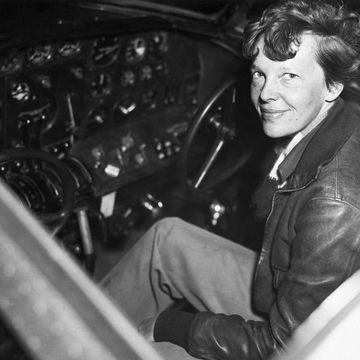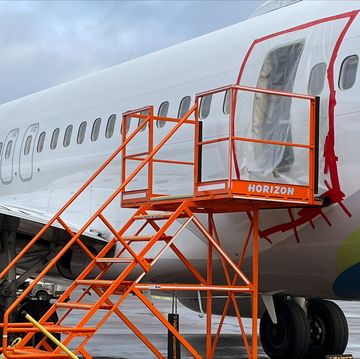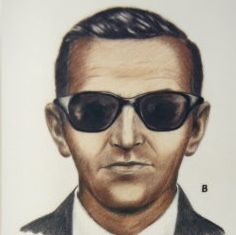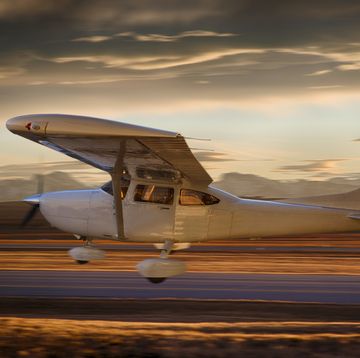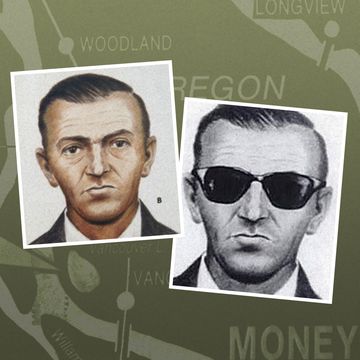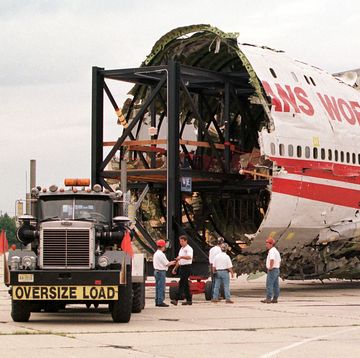4 Amazing DIY Planes—And How to Build Your Own
LOCATION: San DiegoPLANE: RP-4
David Rose obviously built the overpowered RP-4 for speed. The experimental counter-rotating propellers, inspired by a NASA project, run at an impressive 4800 rpm. Rose can connect both propellers directly to their engines without heavy reduction gearing. The props can change pitch for maximum efficiency at any speed. "It's a drag-racer frame with skin on it to keep the wind out," says Jerry Baer, a former pilot who helped Rose build RP-4.
Jeff Wise is a journalist specializing in aviation, adventure, and psychology and was recently featured in the Netflix documentary “MH370: The Plane That Disappeared.” He lives north of New York City and for fun flies gliders and single-engine airplanes.
Watch Next
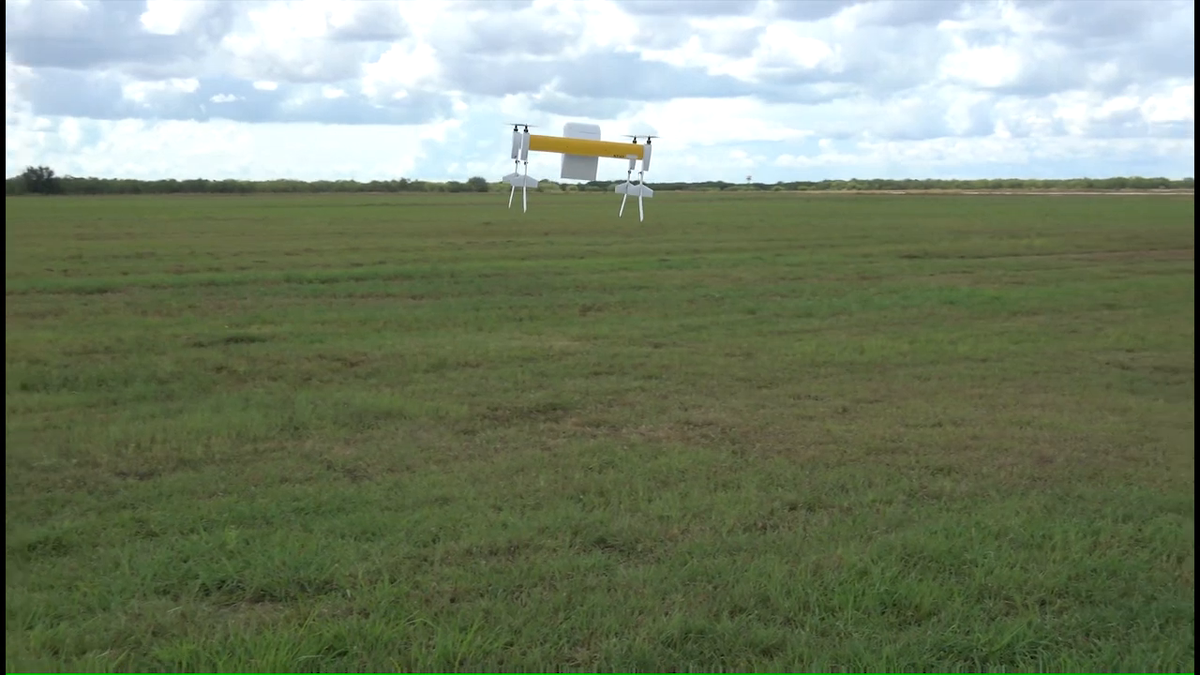

Plane Flown by 'Ace of Aces' Pilot Finally Found
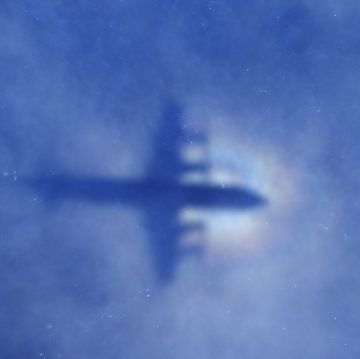
Treasure Hunters Are Looking for MH370.
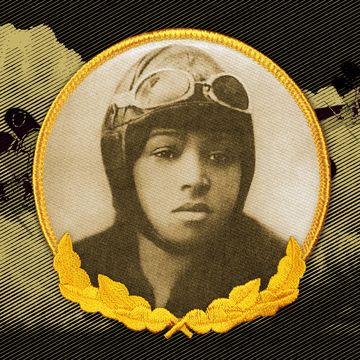
How Bessie Coleman's Sky-High Ambition Killed Her
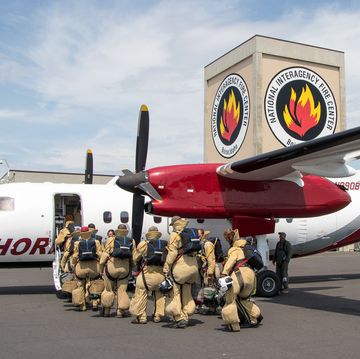
Can Smokejumpers Still Protect a World on Fire?


